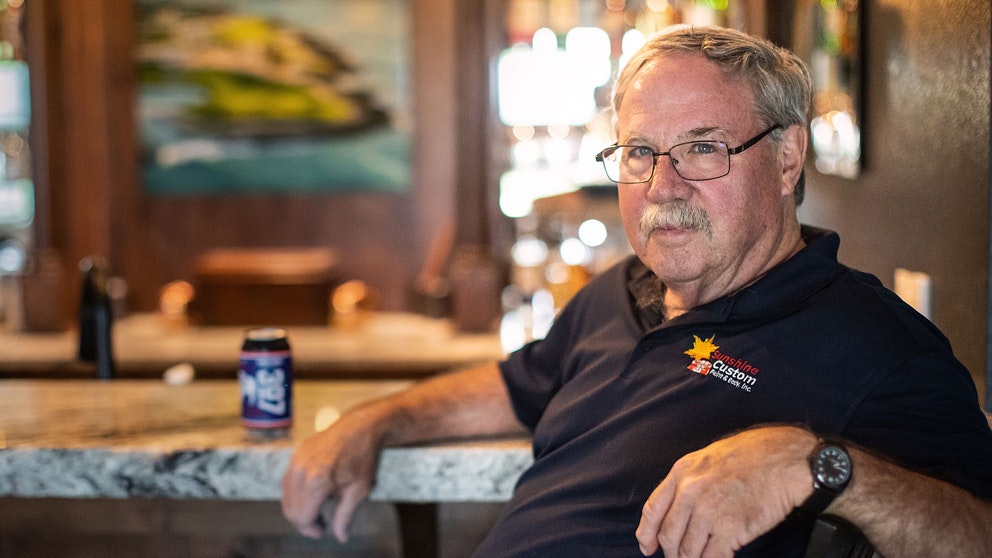CHEYENNE — A few weeks ago we had a flash flood in West Cheyenne on the street where I live.
After a brief heavy rain and some hail, the water gushed down the hill from Lions Park. It took away my yard waste container, which had recently been emptied by the city and sat in the street near the curb. I watched as the bin bobbed its way out of sight.
The depth of the water grew higher — nearly over the curb. Then the rain stopped and, eventually, so did the flash flood.
It was a freak storm because there were parts of Cheyenne that remained dry as a bone.
As I maintained vigilance over that rising stream of water, I recalled an evening nearly 40 years earlier when a much worse flood did not stop at the curb.
Instead it rose rather quickly until it covered the top of my stoop and lapped at the front door. Soon I saw my car, which as parked at the curb, wobble as the water carried it down the street.
That was Cheyenne’s historic storm of August 1,1985. It was called the worst in Wyoming history.
A dozen people died in that flash flood and 70 people were injured. It also resulted in more than $60 million in property damage, according to estimates at that time.
Caused by a slow moving super-cell, the torrential hailstorm spewed out six inches of rain in three hours. It created a tidal wave that swept through the city.
The National Weather Service Forecast Office in Cheyenne measured 6.06 inches of rainfall as the official measurement, though upwards to 7.87 inches in some places in the city, all in about a three-hour span. In addition, a one-hour rainfall total of 3.50 inches was recorded, setting a new one-hour record along with the 6.06 inches becoming the new 24-hour record for the state of Wyoming.
“Hailstones up to 2 inches in diameter fell with some areas seeing this hail pile up close to 1-foot tall before being swept by wind and water into 3-6 foot drifts. Thunderstorm winds blew at 70 mph. While a few funnel clouds were observed along with two short-lived tornadoes." according to the National Weather Service report in 1985.
At the time I was a reporter for the Casper Star-Tribune. I was unable to report anything. I was trapped in my house.
The next day the people in charge of the capitol building refused to let us — me and my colleague reporter Eric Kirshner —into the press room because of leakage from the roof.
So we settled in Eric’s apartment and worked the phone all day to get the stories we needed. A friend took photos of the damage and drove the film to the newspaper in Casper.
At the end if the day we were tired and very somber.
By then were knew of the terrible toll from the storm. For example, there was the deputy sheriff who drowned trying to save a young girl, who also drowned.
As always after a major storm tragedy, people seek out someone or something to blame.
Communications was one problem.
The first alert people received was for a tornado. The Cheyenne radio announcer told residents to go to their basements as the Weather Service advised.
I did not. But an elderly women who lived several blocks north of my house did. She drowned when the flash flood filled her basement with water
Cheyenne at that time had some kind of a warning system, but apparently a lot of people could not hear it.
So the city embarked on an ambitious program to install a better warning system and better flood control.
The new warning system had its problems in the beginning, however.
In the weeks and months following the storm the alarm was ringing fairly often.
Everyone in Cheyenne was jumpy.
A resident would see a suspicious dark cloud lingering above the horizon and report it as possible tornado.
The alarm would go off.
The hysteria died out eventually.
Although heavy rain is now unusual in Cheyenne, I still watch that curb.
Contact Joan Barron at 307-632-2534 or jmbarron@bresnan.net





